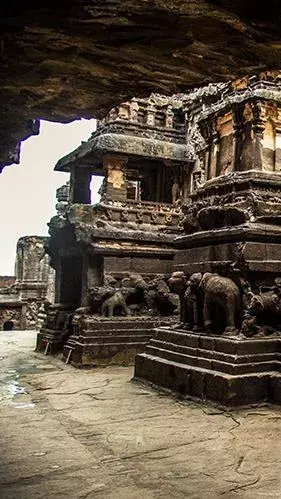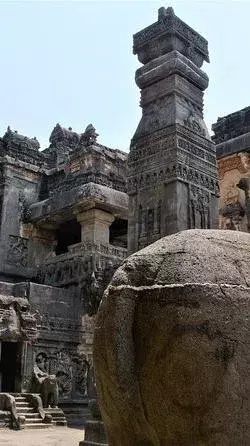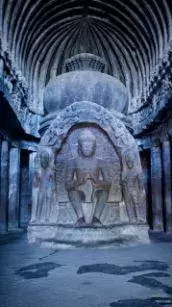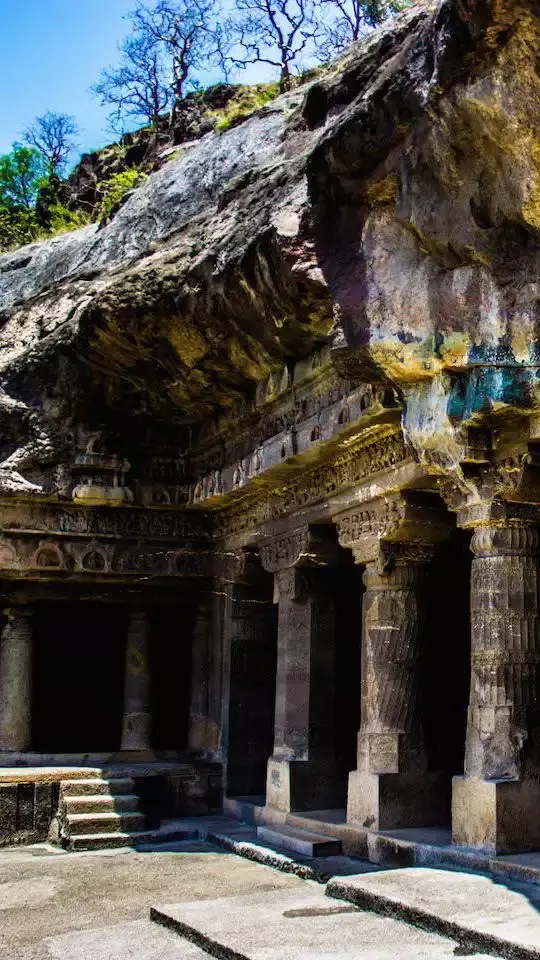
1. Historical Timeline
The Ajanta Caves were built in two phases: the first phase during the Satavahana dynasty between the 2nd century BCE and the 1st century CE, and the second phase during the Vakataka period in the 5th and 6th centuries CE.

2. Rediscovery
The caves were rediscovered in 1819 by a British officer named John Smith while he was on a hunting expedition. The site had been abandoned and forgotten for centuries, hidden in dense jungle.

3. Buddhist Monastic Complex
The caves served as a monastic complex for Buddhist monks. They include viharas (monastic halls of residence) and chaityas (stupa halls for prayer).

4. Rock-Cut Architecture
The caves are entirely rock-cut, meaning they were carved directly into the cliff face of a horseshoe-shaped gorge. This method required exceptional skill and precision.
5. Narrative Paintings
The walls and ceilings of the caves are adorned with intricate paintings depicting the Jataka tales, which are stories of the previous lives of the Buddha. These paintings provide valuable insights into the life and culture of ancient India.
6. Unique Fresco Technique
The paintings in the Ajanta Caves were created using a unique fresco technique. The artists applied a layer of clay mixed with cow dung and rice husks to the rock surface, which was then smoothed and coated with lime plaster before painting.
7. Influence on Indian Art
The artistic style of the Ajanta paintings influenced Indian art for centuries, impacting various regional styles across the subcontinent.
8. Depictions of Foreigners
Some of the paintings depict foreign traders and visitors, indicating that the region was part of an extensive trade network. These figures are identifiable by their distinct clothing and physical features.
9. Acoustic Engineering
The design of the chaitya halls demonstrates advanced knowledge of acoustic engineering. The vaulted ceilings and layout enhance sound resonance, making them ideal for chanting and prayer.
10. UNESCO World Heritage Site
The Ajanta Caves were designated a UNESCO World Heritage Site in 1983. This recognition highlights their significance as a cultural and historical treasure of global importance.